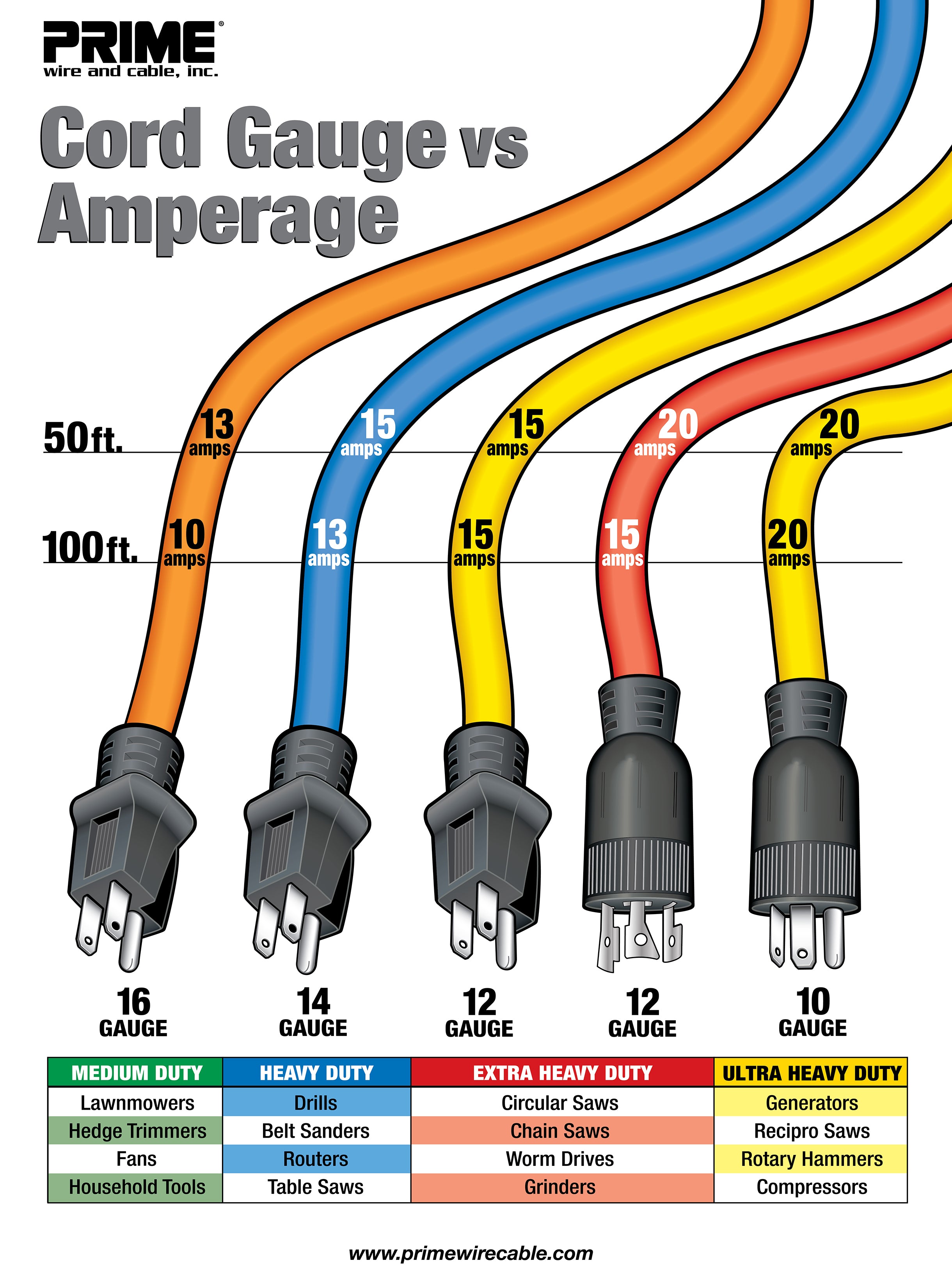
The following comparison chart lists some of the most important features of the AWG 3 and AWG 4 wires: Wire Thickness In most situations, when calculating wire Ampacity, one uses 75☌/167☏ maximum wire surface temperature meaning that for the 60 Amps current one should use either AWG 4 wires (up to 50 feet) or AWG 3 wires (up to 150 feet).Ĭalculating wire Ampacity for 90☌/194☏ is simply not safe, while using wire thicknesses for 60☌/140☏ adds an additional layer of safety, but it also increases the wire thickness, expenses, etc. Now, we have to check the required AWG value for given wire lengths, depending on the wire surface temperature - values are given in the following chart: Wire Length / Surface feet (75 Amps) There are several rules and standards that may be used when calculating the required wire thickness, but the simplest one is to add 10% for every 50 feet (~15 m) of the wire length.įor example, when calculating the required Ampacity for the 50 feet, 100 feet, and 150 feet wires, we can use (default value is 75 Amp, after applying the "80% Rule"):ĥ0 feet wire: Ampacity = 75 Amps * 1.1 = 82.5 Ampsġ00 feet wire: Ampacity = 75 Amps * 1.2 = 90 Ampsġ50 feet wire: Ampacity = 75 Amps * 1.3 = 97.5 Amps

Wire Length: in order to keep the energy losses to a minimum, the longer the cable, the thicker its wires should be. Without taking into account the wire length. Obviously, AWG 6 for 60 Amps current is simply a too thin wire that will overheat easily every time it is pushed to its limit - not a good choice. While some electricians may consider AWG 3 wire an overkill for a 60 Amps current, especially if the wires are not extra long, most will go for AWG 4 wire for 60 Amps current. If we check the wire chart, we should find a wire with an Ampacity value of 75 Amps or the next best thing:Īs one can see, different maximum temperatures also mean different wire sizes. So, for a 60 Amps wire, we will choose the wire size with the Ampacity of AT LEAST 75 Amps and the required temperature. For example, when calculating wire thickness for 60 Amps, we will look for the cable with the Ampacity of: Ampacity or "80% Rue": when calculating wire size, we will go for the wire that features an actual Ampacity 25% better than the Ampacity in the chart. Choosing a lower temperature adds an additional safety level. wire temperature: Wire thickness is very often calculated for temperatures of 167☏ (75☌), but 140☏ (60☌) is already a hot enough temperature to prevent an adult to hold the cable with an unprotected hand for more than a five-six seconds. When calculating wire thickness, there are a few rules that one must obey, including:

When looking for the right wire thickness for the required current (60 Amps), first we have to find the proper wire thickness at the required wire surface temperatures as listed in the given chart. One can't have "too thick" wire for a certain current - thicker cables mean less energy losses, but also such wires are more expensive, more difficult to work with, and similar.
#Wire gauge amp chart 24v code
IF you are designing a product to eventually be marketed, that is a totally different set of design standards and Code requirements that are much too complicated to enumerate on this platform.Note: Ampacities are given for enclosed wires ambient temperatures. Definitely not a deleterious rate of heat to dissipate!Ī 0.512 watt transmission loss when powering a 96W load is a little over a 1/2% overall power loss, which is efficient and acceptable. If this is simply a power supply cable (no data or information imposed on any of the cable pairs), then each pair of which there are 4 can be paralleled to give you a DC resistance equivalent of a 5 ft length of #24 awg which is 0.128 ohms (total conductor resistance).Īt 2 amp load flowing through the 0.128 ohm 10 ft conductor, you have a total heat loss of 0.512 watts of heat generated and that equals 0.0512 watts per foot which amounts to 0.0512/8 watts per 24AWG conductor per foot. Is your "Load" going to be designed as a PoE compliant device, using only (2) of the (4) 24AWG conductor pairs for powering the load? If this is ONLY for your personal use and not intended to be given to or sold to another party, you can do whatever will work for your needs.


 0 kommentar(er)
0 kommentar(er)
